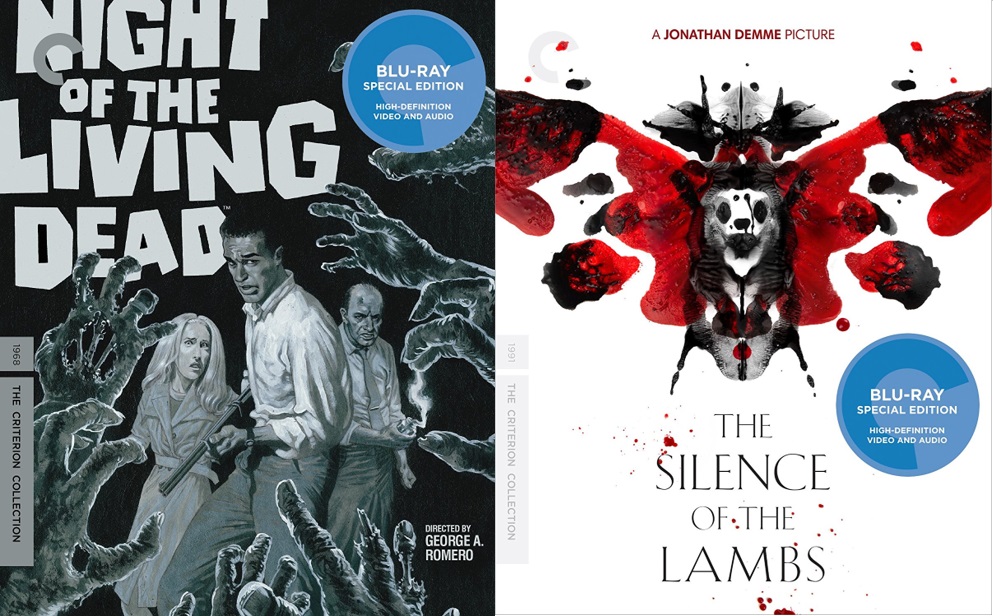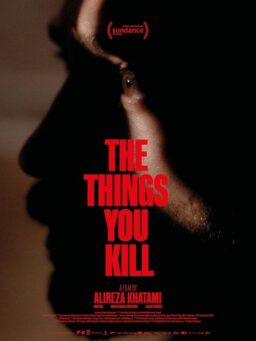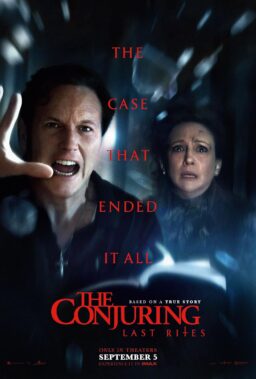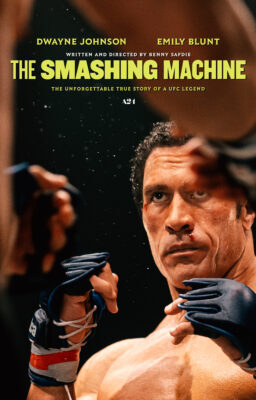Perfect movies are rare, but Criterion has just released a pair of them this month—a duo of horror movies that feel like timely companions beyond just their Blu-ray release dates. It’s not only that we lost both of their landmark directors in 2017, but that each film peels back the layers of American culture and society and plays with the fears found underneath. They are films about which one could easily do one of Roger Ebert’s classic “Cinema Interruptus” events (and he did on one of them) or a deep-dive documentary like last year’s “78/52” in terms of how they use editing, composition, score, etc. And they are both films that feel of a piece with a little movie called “Get Out,” which is poised to make waves at this year’s Oscars, and which also used genre storytelling to comment on America. “Night of the Living Dead” and “The Silence of the Lambs” have both been given the highest possible Criterion treatment with two-disc Blu-ray editions that include 4K digital restorations and hours of special features, including commentaries by their directors and detailed examinations of the filmmaking within these two masterpieces. Personally, they’re both ‘desert island’ movies for me, a pair of films that I can watch every year and get something new out of, especially with the context provided by the excellent analysis on these releases. They’re both must-owns.

I feel like I could write a book on each film individually but viewing them so close together made me realize how much they have in common. Sure, they were made a quarter-century apart but they both challenge the typical white male construction of the genre movie hero, and they’re both made by filmmakers interested in further deconstructing American preconceptions and institutions. The social commentary embedded in “Night of the Living Dead” is obvious, even if George A. Romero long-claimed that it was largely accidental and that casting a black actor in the lead role, Duane Jones, was merely because they wanted the best actor for the job. Whatever the reason, it creates an undeniable racial subtext to the film, especially when one considers when it was first released. However, the racial undercurrent of “Night” is only one of the ways in which it deconstructs Americana. Again, Romero would likely claim the American flag blowing in the graveyard just happened to be there the day they were shooting—he was one of our most modest auteurs—but he chose to highlight it just as his directorial credit arrives on the film’s opening scene. This is a movie about America. And Jonathan Demme subtly inserts images of the American flag in his film as well, whether it’s the one Clarice pulls off the car in the storage unit or the ones that tie Hannibal’s victim in a crucifixion pose. The serial killer mythos that Demme is examining is a truly American obsession, as evidenced further by the American monsters that comprise Buffalo Bill (Ted Bundy, Ed Gein, and Gary Heidnik being the main inspirations), and Demme’s film both romanticizes and deconstructs that mythology.

Of course, it’s tempting to dive deep into the themes unearthed by both films, but they’re also just so remarkably easy to appreciate in terms of craft. Just look at the opening scenes in both, and how they set the tone for each film to come. “Night of the Living Dead” opens with the deconstruction of a relatively holy ritual—paying honor to the dead. Sure, the duo in this case seem less-than-enthused about doing so, but it’s meant to be a shattering of something that should be safe and comfortable, not unlike the ripping of the shower curtain in “Psycho.” You’re not safe anywhere, and the dead you’re going to honor could be the creatures that kill you. Good luck. “The Silence of the Lambs” doesn’t have as flashy an opening but it subtly sets in stone a theme of the film. Clarice Starling (Jodie Foster) is alone in the woods, running a course. The first time we see her, she is pulling herself up a steep hill via a rope. She is alone. She will be set apart from a male-dominated culture throughout the film, whether it’s in an elevator shortly after that opening shot or at the home of a recently-deceased girl where Clarice has to remind the men around her that there’s a body in the room. And yet Demme and Tally don’t emphasize the solitude or the physical struggle in that opening shot, and therefore don’t implant the idea that Clarice is a victim or an underdog. She’s more of a lone warrior in those woods and will be throughout the story that follows.
What George A. Romero and Jonathan Demme did with these two films would redefine genre filmmaking. Of course, “Night of the Living Dead” is regarded as the pioneer for an entire industry that continues to this day around zombie culture. He laid the foundation and wrote the rules, in a sense. On one of the special features on the Criterion release, Robert Rodriguez calls Romero’s film The Book of Genesis for zombie movies. What’s particularly fascinating about the history of “Night” is how much of its brilliance has often been chalked up to what could be called happy accidents. Romero and his team of collaborators on the film came from a commercial background, working for a company they founded called The Latent Image (and I think it’s interesting that another one of my favorite films, “Carnival of Souls,” comes from a similar background). It is the attention to detail and low-budget, DIY filmmaking that led to much of what works about “Night of the Living Dead.” There are no wasted shots, no missing details, no fat to trim on the movie whatsoever.

Of course, “The Silence of the Lambs” came from a different budget level and Hollywood production system, but it’s still very much the product of the independent filmmaker mentality that never disappeared from Demme’s work. Again, like Romero, there is not an angle or choice that feels like it wasn’t carefully considered. And the inclusion of 38 minutes of deleted scenes on the Criterion edition shows just how much the final product is exactly what it needed to be—they’re interesting for fans of the film but I wouldn’t have included a single one to mess with the perfection of the final cut.
The two Criterion releases almost serve as dedicated college classes on each film:
“Silence” includes a great commentary track from 1994 with Demme, Foster, Anthony Hopkins, Ted Tally, and even former FBI agent John Douglas, on whom Scott Glenn’s character in the film was based and who inspired Netflix’s “Mindhunter.” There’s a lengthy interview with critic Maitland McDonagh about the history of serial killers and how “Silence” captures them, the aforementioned deleted scenes, an interview from 2005 with Demme and Foster, four documentaries (totaling hours) about the making of the film, another behind-the-scenes featurette, storyboards, the trailer, and a book with an introduction by Foster, an essay by Amy Taubin, two pieces by Thomas Harris, and a 1991 interview with Demme. Oh, and the cover art is gorgeous.
“Night” includes two commentaries featuring Romero, co-screenwriter John A. Russo, producer Karl Hardman, actor Judith O’Dea, and others; “Night of the Anubis,” a never-before-presented work cut of the film; archival interviews with Romero, Duane Jones, and Judith Ridley; two new examinations of the film’s score and editing style; a new interview program with locals who played ghouls in the film; new interviews with Gary Streiner and Russell Streiner; newsreels from 1967; trailers, radio spots, and TV spots; 16mm dailies; and an essay by critic Stuart Klawans. Perhaps the best non-archival special feature is a new documentary about the influence of “Night” with interviews with three filmmakers who adore it: Frank Darabont, Guillermo del Toro, and Robert Rodriguez. Oh, and this cover art may be even better.
The Criterion releases of “Night of the Living Dead” and “The Silence of the Lambs” are gifts to movie lovers, the kind of must-own releases that give me hope that physical media won’t completely disappear soon. Not as long as Blu-ray editions this sublime are being released, reminding us how essential these films are to where we are as film fans, and where we’re going.
To get your Criterion copy of “Night of the Living Dead,” click here.
To get your Criterion copy of “The Silence of the Lambs,” click here.












